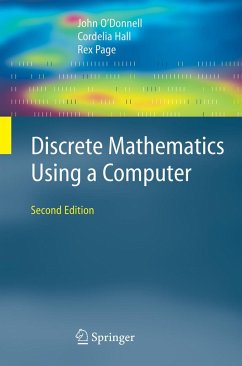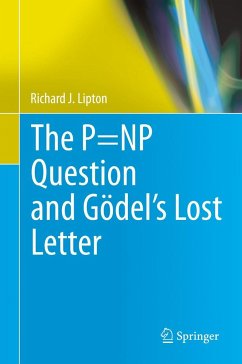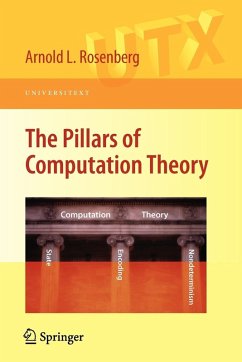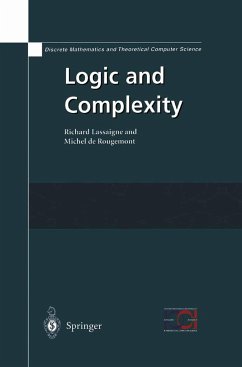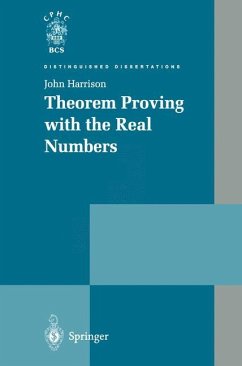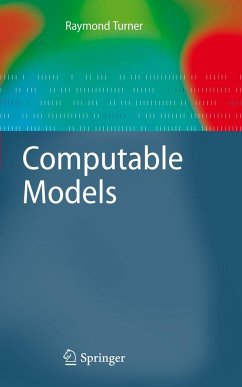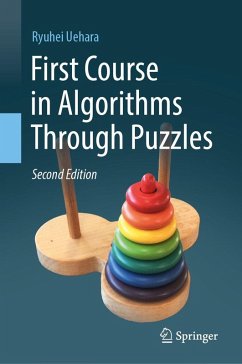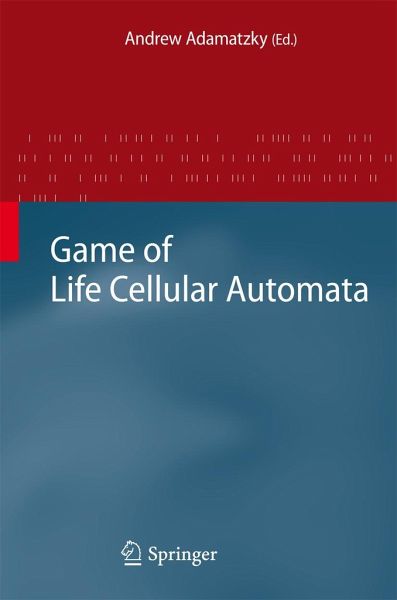
Game of Life Cellular Automata
Versandkostenfrei!
Versandfertig in 6-10 Tagen
115,99 €
inkl. MwSt.

PAYBACK Punkte
58 °P sammeln!
In the late 1960s British mathematician John Conway invented a virtual mathematical machine that operates on a two-dimensional array of square cell. Each cell takes two states, live and dead. The cells' states are updated simultaneously and in discrete time. A dead cell comes to life if it has exactly three live neighbours. A live cell remains alive if two or three of its neighbours are alive, otherwise the cell dies. Conway's Game of Life became the most programmed solitary game and the most known cellular automaton.The book brings together results of forty years of study into computational, ...
In the late 1960s British mathematician John Conway invented a virtual mathematical machine that operates on a two-dimensional array of square cell. Each cell takes two states, live and dead. The cells' states are updated simultaneously and in discrete time. A dead cell comes to life if it has exactly three live neighbours. A live cell remains alive if two or three of its neighbours are alive, otherwise the cell dies. Conway's Game of Life became the most programmed solitary game and the most known cellular automaton.The book brings together results of forty years of study into computational, mathematical, physical and engineering aspects of The Game of Life cellular automata. Selected topics include phenomenology and statistical behaviour; space-time dynamics on Penrose tilling and hyperbolic spaces; generation of music; algebraic properties; modelling of financial markets; semi-quantum extensions; predicting emergence; dual-graph based analysis; fuzzy, limit behaviour and threshold scaling; evolving cell-state transition rules; localization dynamics in quasi-chemical analogues of GoL; self-organisation towards criticality; asynochrous implementations.The volume is unique because it gives a comprehensive presentation of the theoretical and experimental foundations, cutting-edge computation techniques and mathematical analysis of the fabulously complex, self-organized and emergent phenomena defined by incredibly simple rules.




